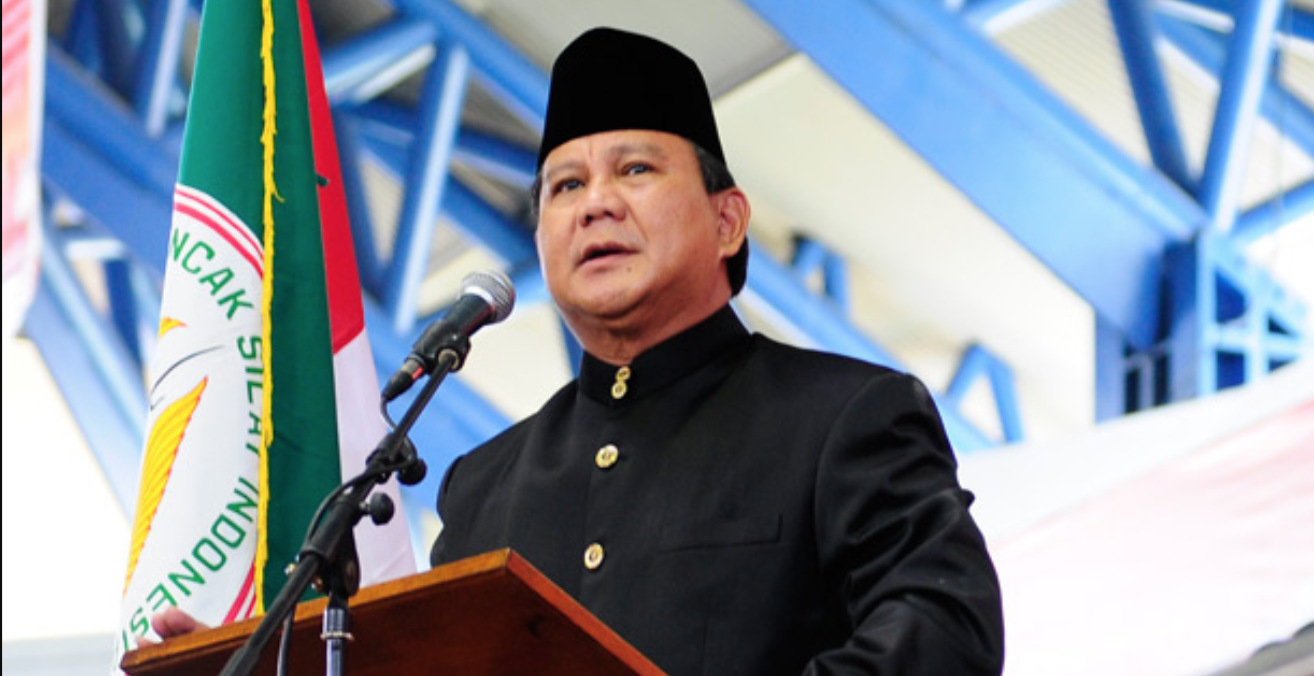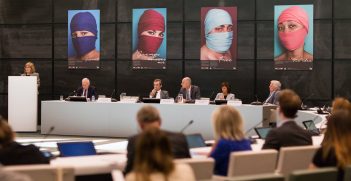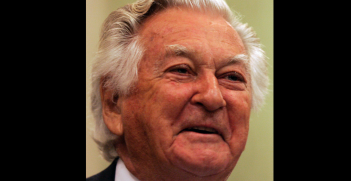Jakarta Plots and a Would-be President

The Jakarta protests in late May had much deeper roots than just a simple rejection of the official vote count, which tapped into the fanaticism that these elections fostered as people chose sides in the presidential race. Yet while Jakarta returns to normal, questions remain about what happened and the actors involved.
Protests in Jakarta (21-22 May) against the official presidential election outcomes ended in violence as police released tear gas into the crowd. As a result, eight people were confirmed dead, over 700 required medical attention and 70 people were reported missing.
Less than two weeks after protests turned violent outside the Electoral Supervisory Board — in Badan Pengawas Pemilu, Bawaslu — Jakarta has returned to relative normality. Barbed wire remains around the perimeter of Bawaslu and a police post nearby has been gutted, but otherwise there is little to betray the fact that this was the site where thousands gathered to reject the official outcome of the 2019 presidential election in protests that turned deadly. Despite this seeming normalcy, much remains unanswered.
Initial sparks
The impetus for these protests lies in the presidential elections held in April 2019. The competition was a repeat of the 2014 race with now incumbent Joko Widodo, commonly known as Jokowi, running against challenger Prabowo Subianto. On May 21, the Electoral Commission announced the official results, declaring Jokowi and his running mate Mar’uf Amin as the victors with 54.5 percent of the vote. Prabowo Subianto and his running mate Sandiaga Uno rejected this outcome, claiming that the results had been compromised by a mixture of fraud, mismanagement and incompetency.
But it wasn’t a simple rejection of the official results that triggered the protests on 22 May and subsequent days. These protests had much deeper roots, which tapped into the fanaticism that these elections fostered as people chose sides in the presidential race. Even before voting took place, Prabowo was casting doubt on the integrity of the elections themselves. Prominent political ally, Amien Rais, similarly stoked the fire, claiming that he would lead the protests himself if there was any evidence of fraud.
Days before the announcement, Prabowo and his network of elite supporters were calling for “people power” to be mobilized if he lost the election. Prabowo’s team had done their own “quick count” of the votes and, in contrast to all the other independent quick counts undertaken, found themselves to be the winners. Based on this, they called on their supporters to reject the possibility that Jokowi had won.
Organised chaos?
There seem to have been two types of protestors involved in the protests outside Bawaslu. First were Prabowo supporters who genuinely felt he had been robbed of victory and wished to put pressure on the government to nullify Jokowi’s win. The second group were there to stir up unrest. Many questions remain about who was directing this group, whether they were coordinated amongst themselves, and what they ultimately hoped to achieve.
Statements from the Indonesian police suggest that they believe the riots were premeditated and planning involved recruiting paid protesters from outside Jakarta and transporting them to the city to protest outside the Bawaslu. Police reports state that this group arrived after the earlier peaceful protest disbanded, around 11pm on 21 May, and began charging the protective barriers and throwing projectiles at those guarding the Bawaslu building. Further reports that a van — owned by a branch of Prabowo’s political party, Gerindra — was stopped on its way to the protests and found to be carrying people and a stockpile of rocks, point to the fact that at least some of the violence may have been deliberate.
Prabowo alleged that these “provocateurs” were acting in personal self-interest and were not organized by anyone related to his campaign. However, when he called for protestors to return home on 23 May, the demonstrations promptly died down.
Violence for what?
The violence that occurred during the protests seems to be a confluence of premeditated efforts, spontaneous participations and police reactions. Apart from evidence for paid protestors, follow up media articles highlighted that some teens began to think that something “exciting” was happening in town. In fact, the youngest fatality of the riots was a 15-year old boy who was shot in the melee. Finally, there have been calls that police should be investigated for their part in the riots. But none of these groups appear to have had a long-term vested interest in seeing these protests turn violent.
One of the lingering questions about these protests is what was to be gained by the sharp violent turn they took? The simple answer is: it’s not clear. Earlier in May, Prabowo publicly outlined his justification for being skeptical that the Constitutional Court could be trusted to be fair in its ruling, given that his similar claims had been overturned back in 2014. The only recourse was to put public pressure on the Electoral Commission to force it to rescind the results. While the calls for “people power” certainly drew upon frustrations related to the election, Prabowo could, and did, distance himself from the actual violence when it occurred.
The extent to which Islamic groups were involved in flaming the protests is also not certain, although potential motivations exist. There have been allegations that the Islamic Defender’s Front (Front Pembela Islam, FPI), one of the most prominent Islamist groups in Indonesia and an organisation that strongly endorsed Prabowo, was to blame for some of the violence.
FPI does not deny involvement in the protest but does reject the accusation that it acted as a key provocateur of the violence. In fact, reports from that night argue that FPI clerics ended up working with police to try and control the riots. This does not mean that rank and file FPI members were not involved in the hostilities — we know that FPI members were amongst those who died during the riots — but the idea that the FPI leadership were the masterminds behind the demonstration seems unlikely.
Perhaps more compelling are the accusations of involvement made against the hard-line Islamic Reformist Movement (Garis). Garis members are also accused of having been paid to attend, having been found with envelopes of cash on them. While there is little in the way of public details, the police have openly identified the group as contributing the unrest and are currently investigating.
There are also allegations that some former military generals may have been involved in stoking the flames, after it was revealed that a former special forces general had attempted to supply weapons to the protest. Allegations were that the weapons would be used to take shots at the crowd in order to trigger chaos and further unrest. It is also unclear what their motivations may have been, beyond support for Prabowo’s presidency, but self-interest surely played a role. We will have to wait and see whether the police investigating can shed more light on this aspect of the story.
Finally, regardless of who was involved and why, Prabowo and his main supporters almost certainly wanted to use the demonstrations as a show of strength and as a taste of the turmoil they could potentially instigate if their judicial appeal is rejected.
On this understanding, the end goal of the riots was not to overturn the election results but simply to disrupt. If this is the case, more protests could be on the horizon after the Constitutional Court hands down its verdict.
Dr Elisabeth Kramer is Deputy Director at the Sydney Southeast Asia Centre at the University of Sydney. She is currently in Jakarta on an Australian Endeavour Cheung Kong Research Leadership Award. Her research interests include elections and campaigns in Indonesia, previously undertaking a long-term study on the use of anti-corruption discourse in electioneering.
This article is published under a Creative Commons Licence and may be republished with attribution.





